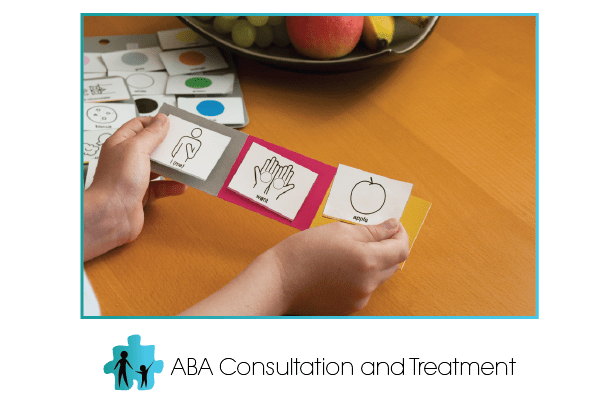Hey ABA parents! Do you ever wonder how your behavior analyst (BCBA) decides what behavior protocol to use with your child? There are four possible functions maintaining your child’s behavior.
Those four options are:
- Access to an item/event
- Automatic (sensory)
- Escape
- Attention
When your behavior analyst observes your child’s behavior and asks you a ton of questions, it’s because they are trying to figure out which of the four is maintaining it! Your BCBA is looking at what behaviors happened right behavior the problem behaviors and what occurs right after. It is important for them to know this information to write treatment plans and find alternative appropriate behaviors to teach your child.
Let’s start with understanding more about “access to an item/event.” Pretend your child has asked you over and over for more candy. However, you have already given them the allowed amount for the day. Following this, you notice they start kicking and screaming on the floor. The order of events here have clearly shown us the behavior of kicking and screaming on the floor is most likely maintained by access to candy. It is super important NOT to deliver any candy to your child while they are kicking and screaming for it. Why? Well, if they learn that you give them candy every time they kick and scream for it, then chances are they will continue to do this in the future! This goes for all similar scenarios like this. Make sure to tell your behavior analyst if you are experiencing any similar situations like this!
Moving on to our next function of behavior: automatic/sensory. This can be the reason for your child’s “self-stim” or any behaviors your child does because it “feels good.” Because of this, it can make things tricky, but not impossible! The only time we want to intervene on these behaviors is if it will cause harm to your child or others surrounding them. For example, if a child keeps picking at the skin around their fingers when they are alone or no demands are placed, this could be automatically maintained. Because this could cause harm to your child, we would want to find a functionally appropriate replacement behavior. There are many options in this scenario. We could give your child a toy that requires picking and scratching, have them wear gloves, or hold different objects with varied textures to touch. All of these methods are replacements that may provide them with a similar automatic sensation but in a safer way.
Next, we have escape maintained behaviors. We see this a lot when there are many demands placed. When a child’s behavior is maintained through the function of escape, this means the problem behaviors you are experiencing have to do with them trying to remove themselves from a situation. A classic example is a child trying to escape a task like doing homework. They may yell, hit you, or throw things because they want to be all done with this demand that is placed. When a behavior is maintained through escape, we want to make sure we are not letting our kids escape from their task after they have shown a certain problem behavior. Instead, you may want to teach your child how to appropriately ask for a break! You can even set timers on your phone and set the expectations that they are allowed to ask you for a break when it goes off. Like all the behaviors we have mentioned, the most important thing to follow is not letting their problem behaviors gain them access to what they were fighting for.
Finally, the last function of behavior is attention. An individual behaves in such a way to gain attention from their peers, parents, teachers, etc. A possible example of access to attention is when your child keeps crying for you over and over. This could be at bedtime. You may find yourself repeatedly going back into their room to tuck them in. When a child’s behavior is maintained through access to attention, it’s best to not provide them with that attention while they are crying for you. It teaches them that every time I cry for my mom/dad, they will come back and provide me with more attention.
These four functions of behaviors can really help your behavior analyst decide how to create interventions to decrease any problematic behaviors. Because of this, it is super important for you to be open and transparent about what is going on at home when your therapy team is not there! Your behavior analyst will never judge how situations are being handled, they are there to help you!



